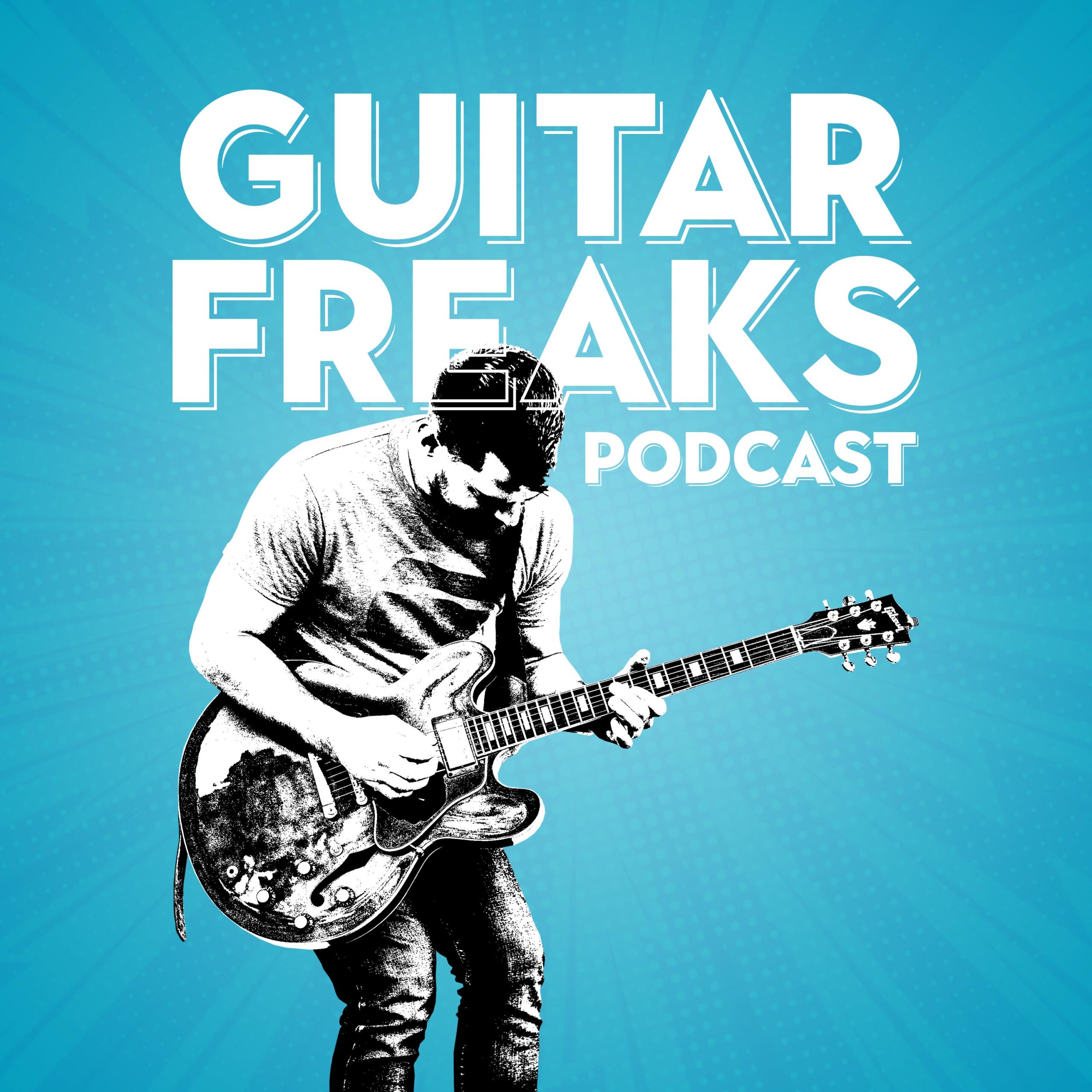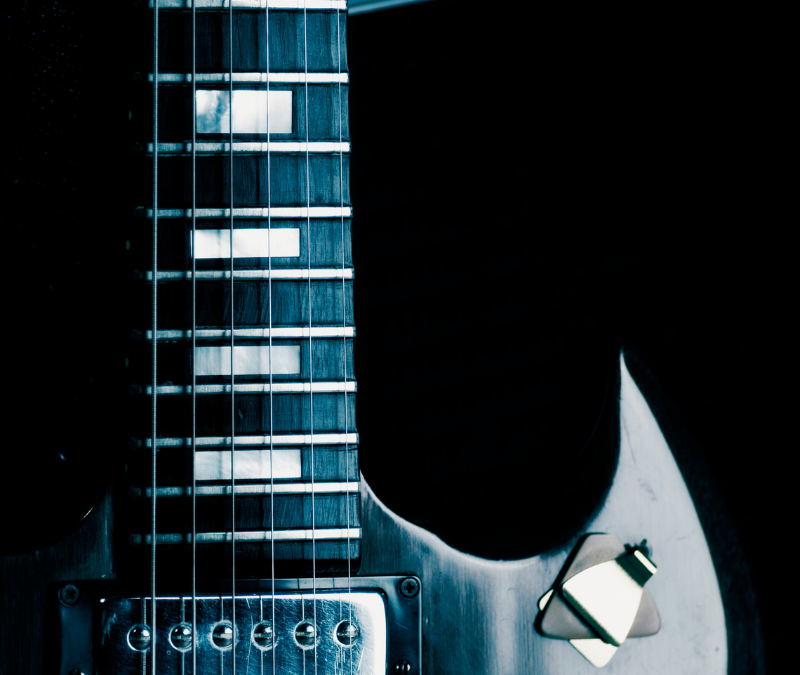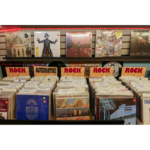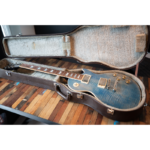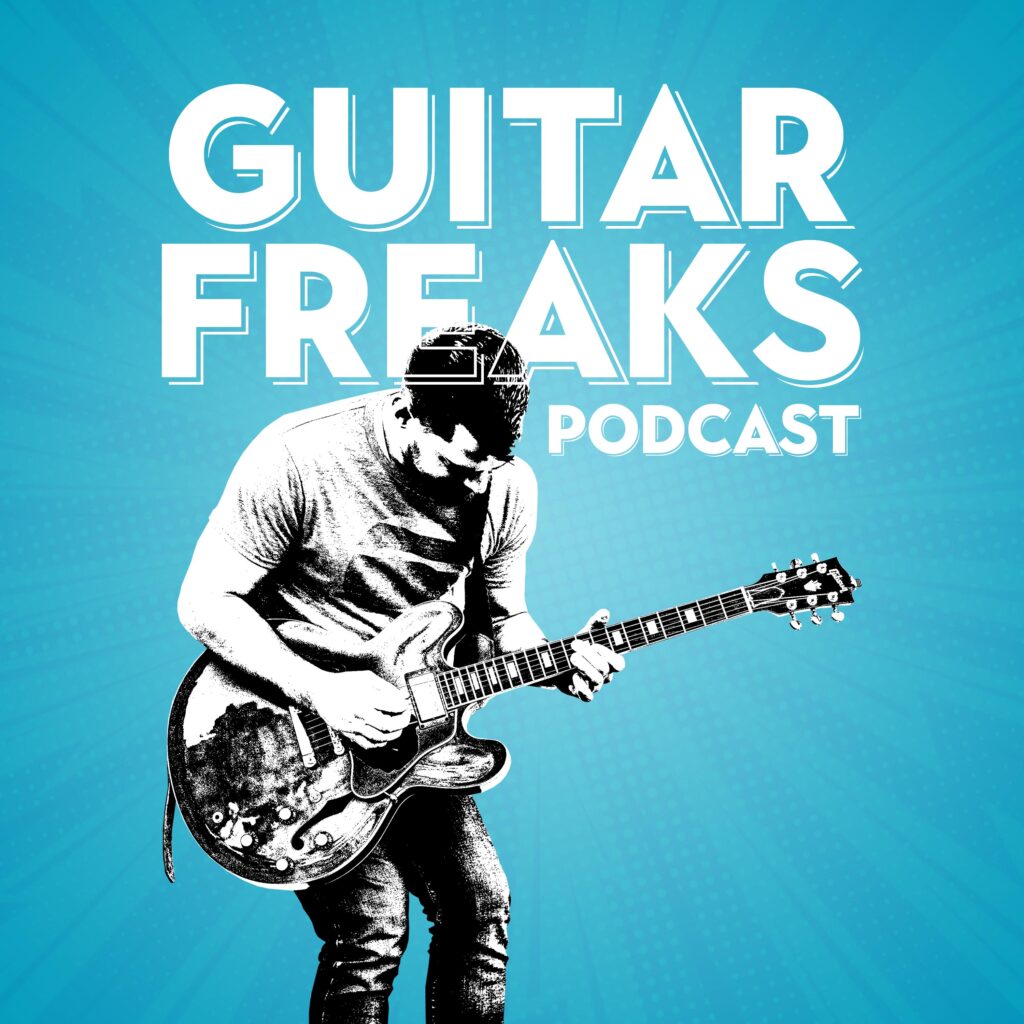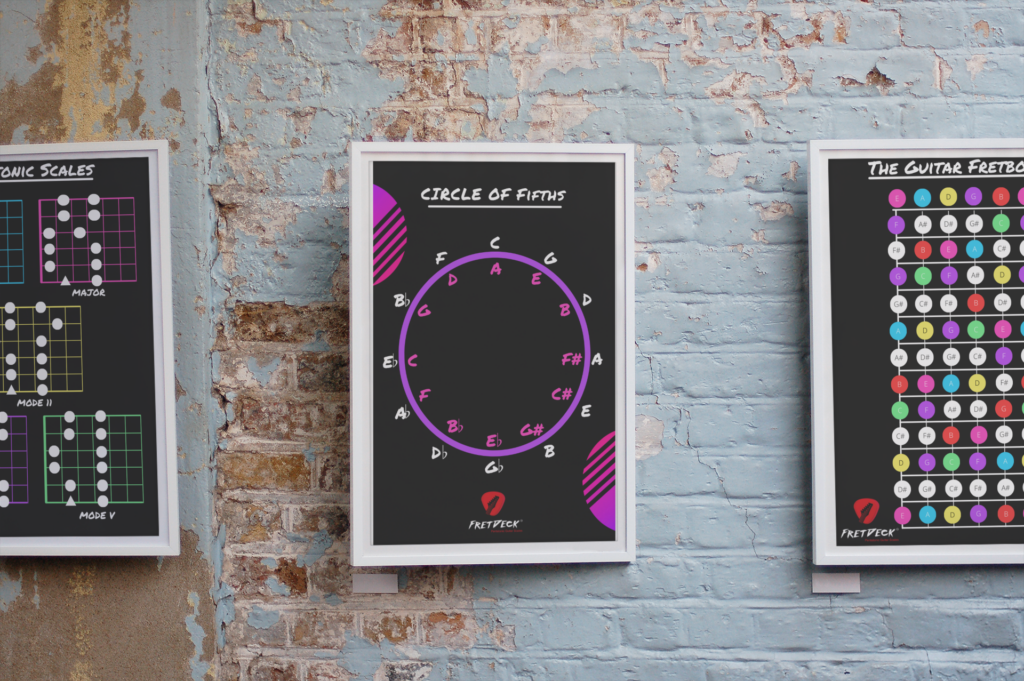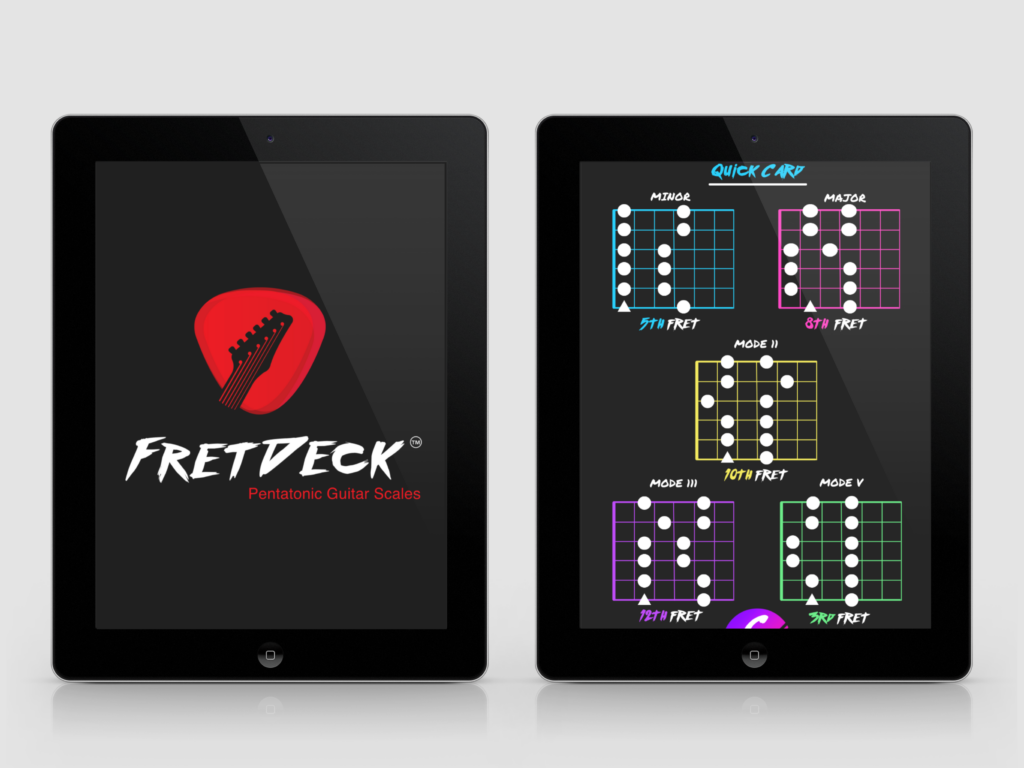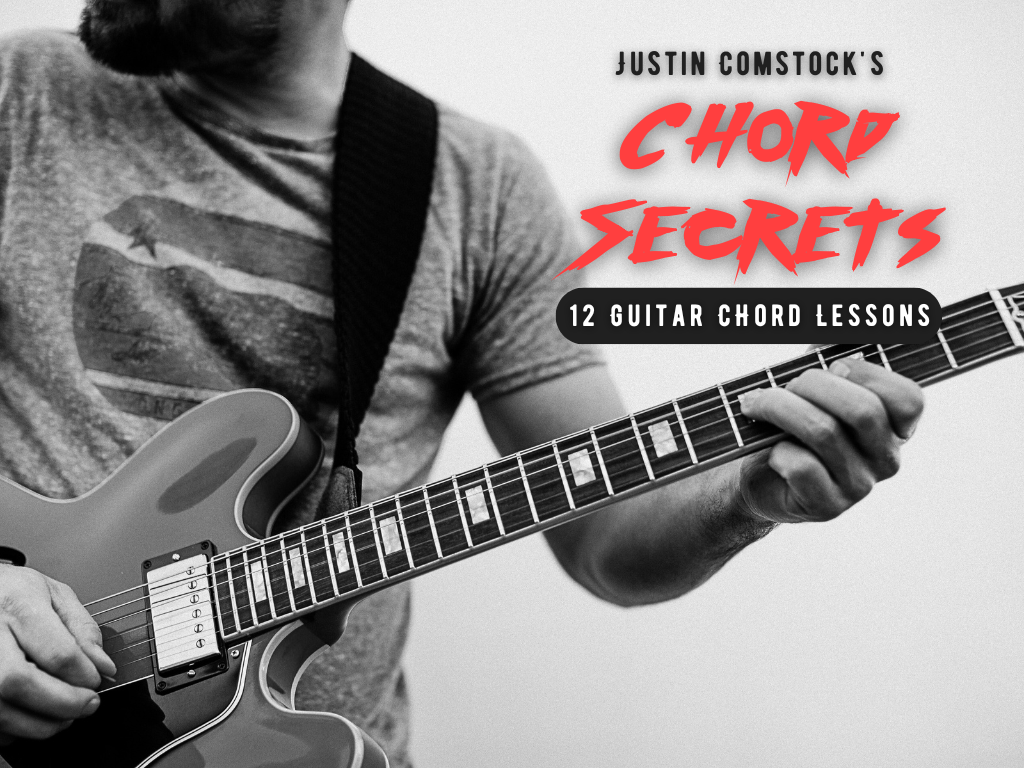If you’ve ever tried to improvise on guitar, chances are you’ve stumbled across scales and modes—those mysterious concepts guitarists talk about like secret handshakes.
You may have learned a pentatonic shape or two… but let’s be real. After a while, they start to sound the same. You plateau. You noodle in circles. And your solos feel more like math problems than music.
Here’s the truth: learning scales and modes isn’t about memorizing patterns—it’s about unlocking a language. When you know how to connect the right notes to the right chords, your playing becomes expressive, intentional, and truly musical.
In this post, I’ll show you:
- Why most players never go beyond the pentatonic box
- How to actually use modes in real music
- How to break free from robotic scale runs
- Five ways to master guitar scales and modes
- How FretDeck accelerates all of this (seriously—it’s like having a mentor in your case)
Oh, and I’ll invite you to join our Guitar Freaks Discord, where we trade licks, give feedback, and level up together.
Let’s get started. 🎸🔥
🎼 What Are Guitar Scales and Modes—Really?
A scale is just a group of notes that fit together. Think of it like a color palette for a song.
A mode is when you shift the order and emphasis of those notes—like using the same palette, but highlighting different tones. It’s the same ingredients, cooked differently.
The result? A whole new flavor.

❌ Stop Guessing. Start Shredding.
If you’re still fumbling through scale patterns and box shapes… it’s costing you progress.
FretDeck™ is the no-fluff system that shows you exactly how to master the fretboard—fast. Early access.
⚡️ This isn’t for dabblers. It’s for players who want results.
👉 Click here to join the pre-launch now
Early access. Limited rewards. Don’t wait.
The Core Guitar Scales You Must Know
You don’t need to learn everything. You need to learn what works.
🎵 Pentatonic Scale – The 5-note foundation for blues, rock, funk, country, and soul.
🎵 Major Scale – The blueprint behind 99% of Western music.
🎵 Minor Scale – Adds emotional depth and melancholy.
🎵 Blues Scale – A pentatonic with an extra “blue note” (flat 5) that adds edge.
🎵 Modes – Dorian, Mixolydian, and Phrygian are your golden trio for modern music.
1. Master the Pentatonic Scale (Then Escape the Box)
If you only learned one scale in your life—it should be this one. But don’t just play it. Own it. Make it bend. Make it cry.
🎸 A Minor Pentatonic (5th Fret Shape)
e|-----------------5--8--|
B|-------------5--8------|
G|---------5--7---------|
D|-----5--7------------|
A|--5--7---------------|
E|--5--8---------------|
🔥 Pro Tip: Don’t just run it up and down. Add slides, bends, and space. Let it breathe.
👉 Want to learn how all five pentatonic positions connect?
Use FretDeck. It visually links every pattern across the neck, so you stop guessing and start improvising with intention.
🎯 Get the FretDeck + Pentatonic Secrets Course → Download Now
2. Demystify Modes Without Getting a Headache
Modes aren’t scary—they’re just major scales starting from a different note. But here’s the secret: each mode feels different. That’s where the magic is.
🎸 Modes of C Major:
- C Ionian – Happy, clean
- D Dorian – Soulful, jazzy
- E Phrygian – Dark, intense
- F Lydian – Dreamy, Steve Vai vibes
- G Mixolydian – Funky, blues-infused
- A Aeolian – Sad, minor
- B Locrian – Tense, dissonant
🔥 Start with Dorian, Mixolydian, and Phrygian. They’re the heavy hitters for soloing over blues, rock, and funk.
Need help visualizing modes on the fretboard?
👉 FretDeck maps them all across the neck.
3. Stop Thinking “Scales”—Start Thinking “Chords”
Great players don’t play scales. They play chords with melody. Every note they choose is glued to the harmony underneath.
Try this exercise:
🎸 Over an A Minor Chord:
- Use A Minor Pentatonic – it sounds raw and bluesy.
- Then try A Dorian (A–B–C–D–E–F#–G) – hear how that F# adds a jazzy flavor?
🔥 That single note changes everything. You just discovered modal expression.
This is how you turn theory into tone.
4. Use the Blues Scale for Maximum Emotion
When words fail, the blues scale speaks.
🎸 A Blues Scale (Add the “Blue Note” – Eb)
e|-----------------5--8--|
B|-------------5--8------|
G|---------5--7--8------|
D|-----5--7------------|
A|--5--6--7-----------|
E|--5--8---------------|
🔥 That Eb (flat 5) adds grit and soul—but don’t overdo it. Use it like garlic. A little goes a long way.
Want riffs to practice this in context?
🎯 FretDeck: Practice Prompts gives you 60+ improv ideas across genres.
5. See the Entire Neck with FretDeck
The difference between average and great guitarists? Fretboard vision.
Most players stay trapped in one or two boxes and never learn guitar scales and modes. But FretDeck opens the entire neck by helping you:
✔ Connect pentatonic patterns
✔ Layer modes on top of chords
✔ See scales in all 12 keys
✔ Practice real improvisation prompts
🎯 Download the FretDeck + Pentatonic Secrets Course → Get Access Now
You’ll master all 60 pentatonic scales—and sound like a pro doing it.

❌ Stop Guessing. Start Shredding.
If you’re still fumbling through scale patterns and box shapes… it’s costing you progress.
FretDeck™ is the no-fluff system that shows you exactly how to master the fretboard—fast. Early access.
⚡️ This isn’t for dabblers. It’s for players who want results.
👉 Click here to join the pre-launch now
Early access. Limited rewards. Don’t wait.
💬 Join the Guitar Freaks Discord
This is where theory turns into music—and where you stop practicing alone.
✅ Get solo feedback
✅ Jam with real players over loops and tracks
✅ Learn phrasing, technique, and gear tips
🎁 Bonus: When you join, you get Fret Logic—our full eBook on mastering the fretboard—totally FREE.
👉 Join the Guitar Freaks Hangout Discord Now
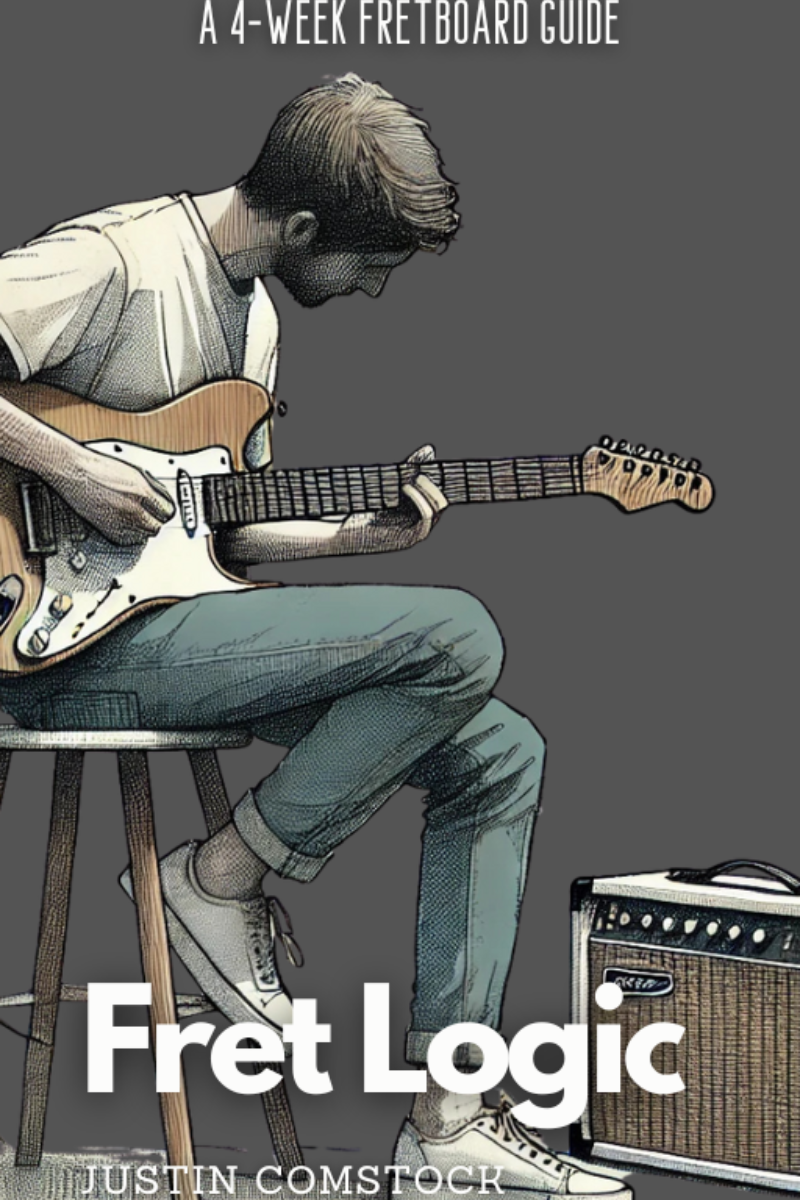
Join Guitar Freaks Hangout on Discord! 🎸
Get Fret Logic FREE!
Join the Guitar Freaks Hangout Discord and get exclusive access to my entire e-book, Fret Logic! Master the fretboard and elevate your solos with this comprehensive guide.
👉 Don’t miss out—join now and download your free copy!
Final Thoughts: Scales and Modes Aren’t Theory—They’re Tools for Freedom
Every legendary guitarist—from Hendrix to John Mayer to Marcus King—mastered scales and modes not as theory, but as a musical language. They know when to speak and when to stay silent.
If you want to unlock your fretboard, express real emotion, and solo with confidence:
🎯 Start with FretDeck
🤝 Join the Discord
🎸 And make your next lick your best one yet.
🧠 Want More?
Check out this companion post:
👉 Guitar Scale Diagrams: Master the Fretboard Fast
